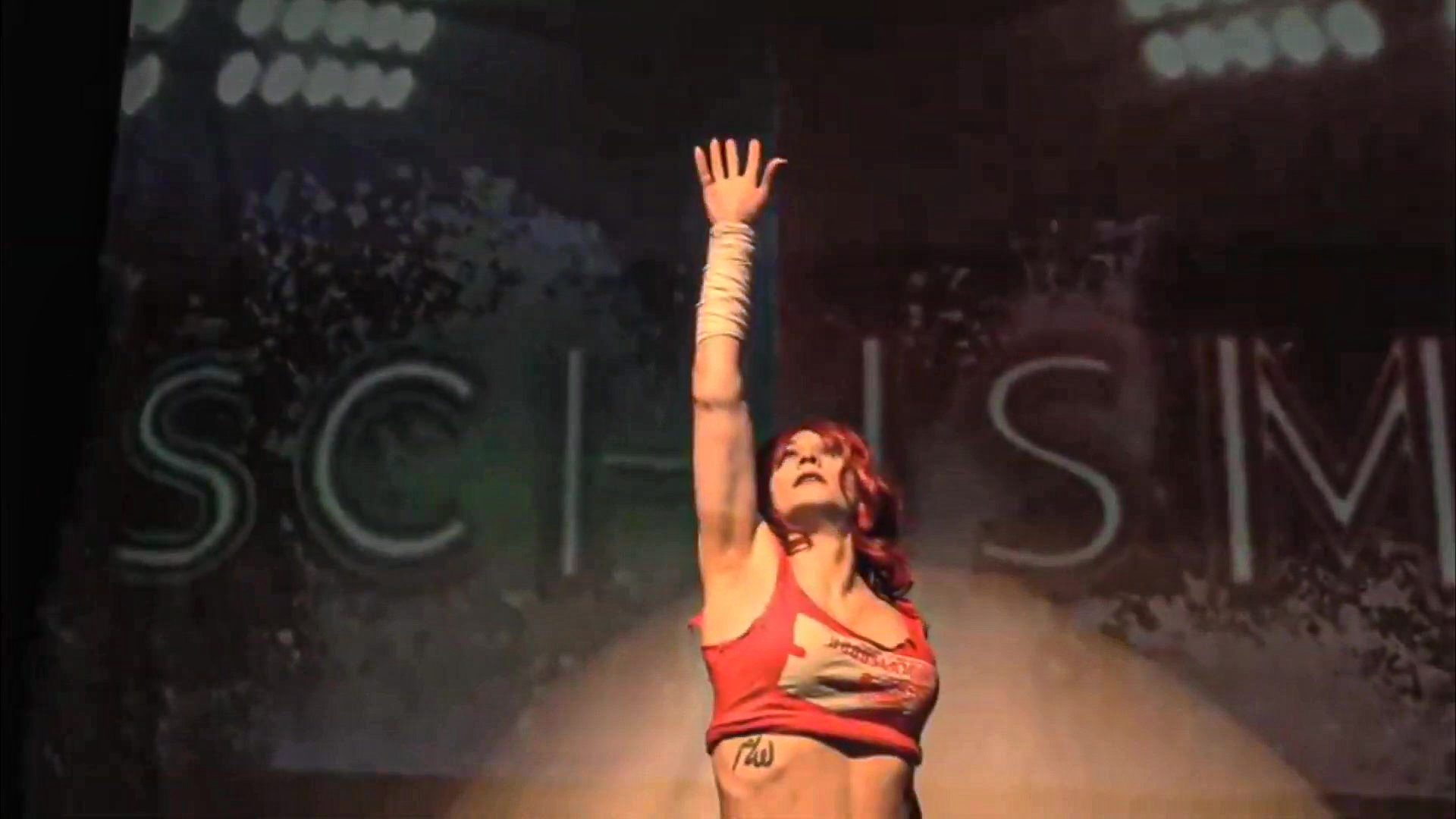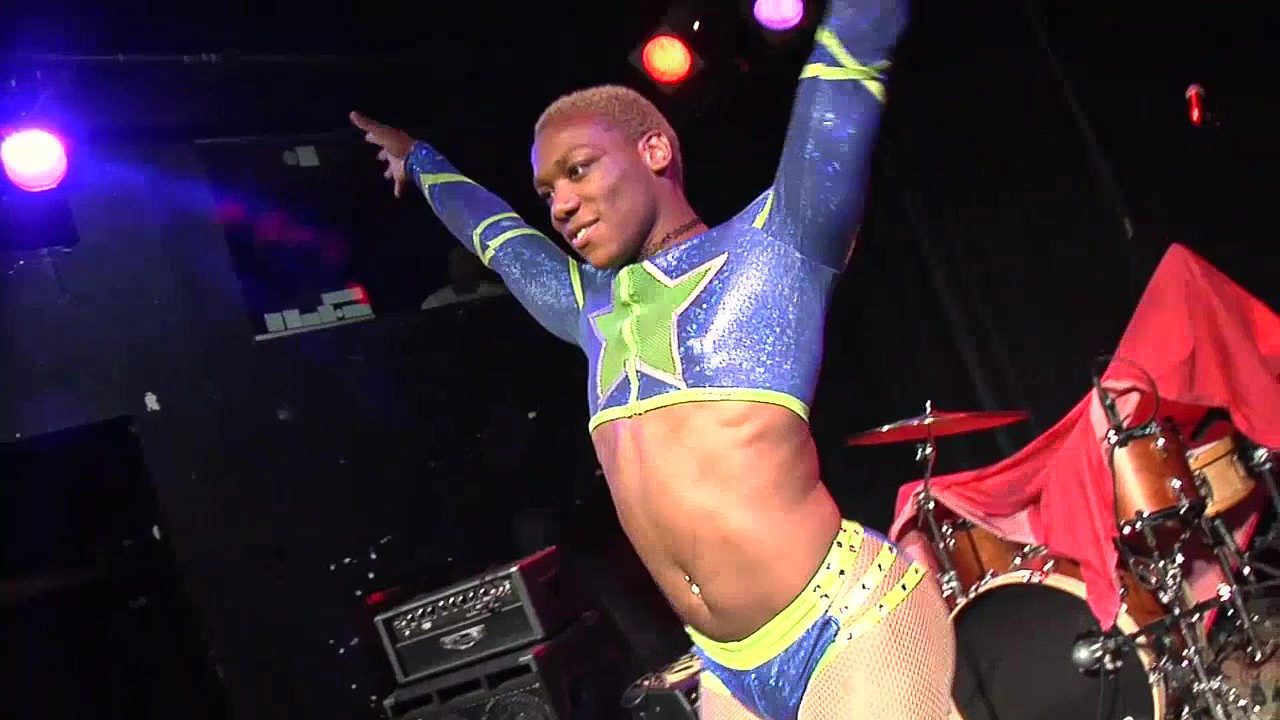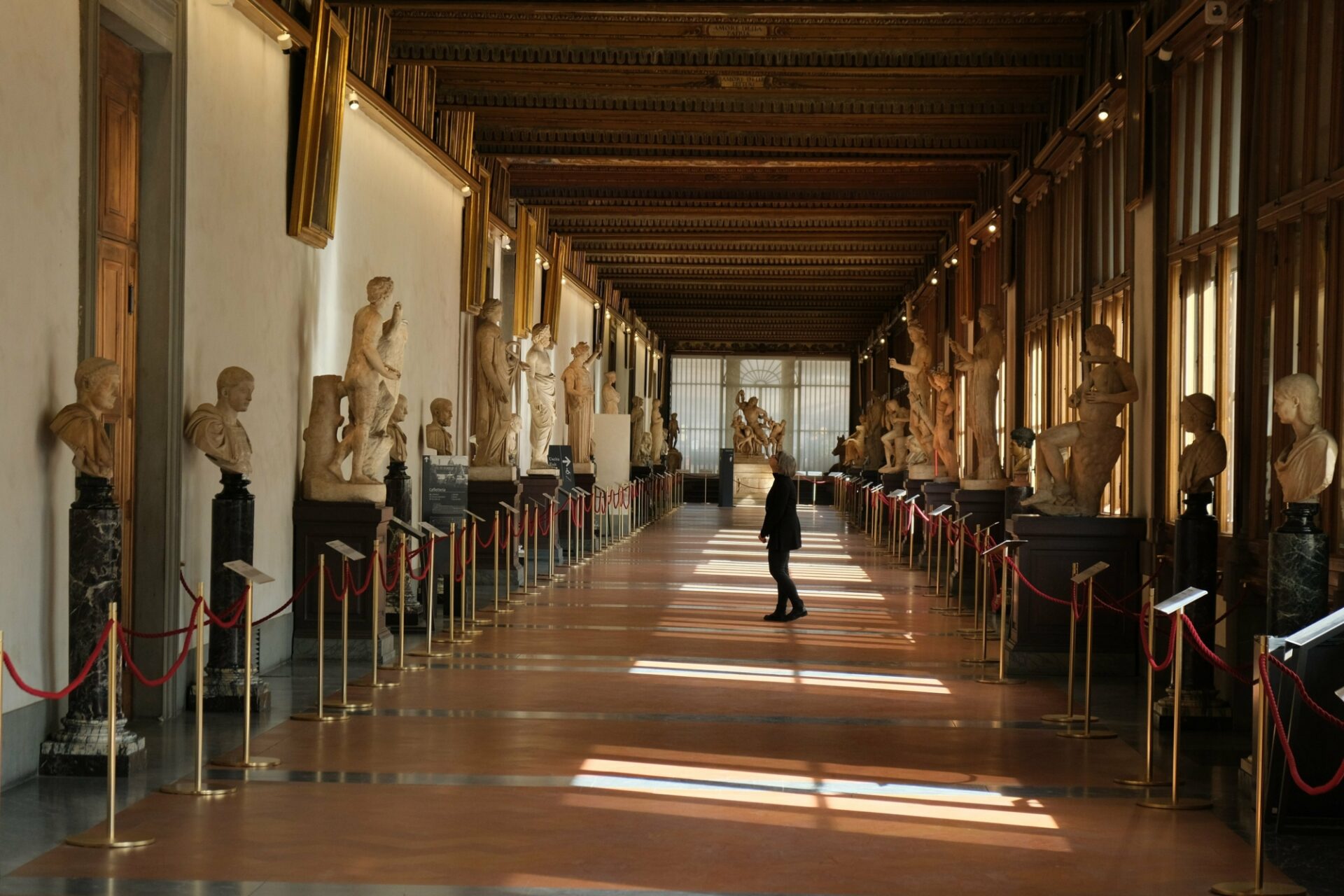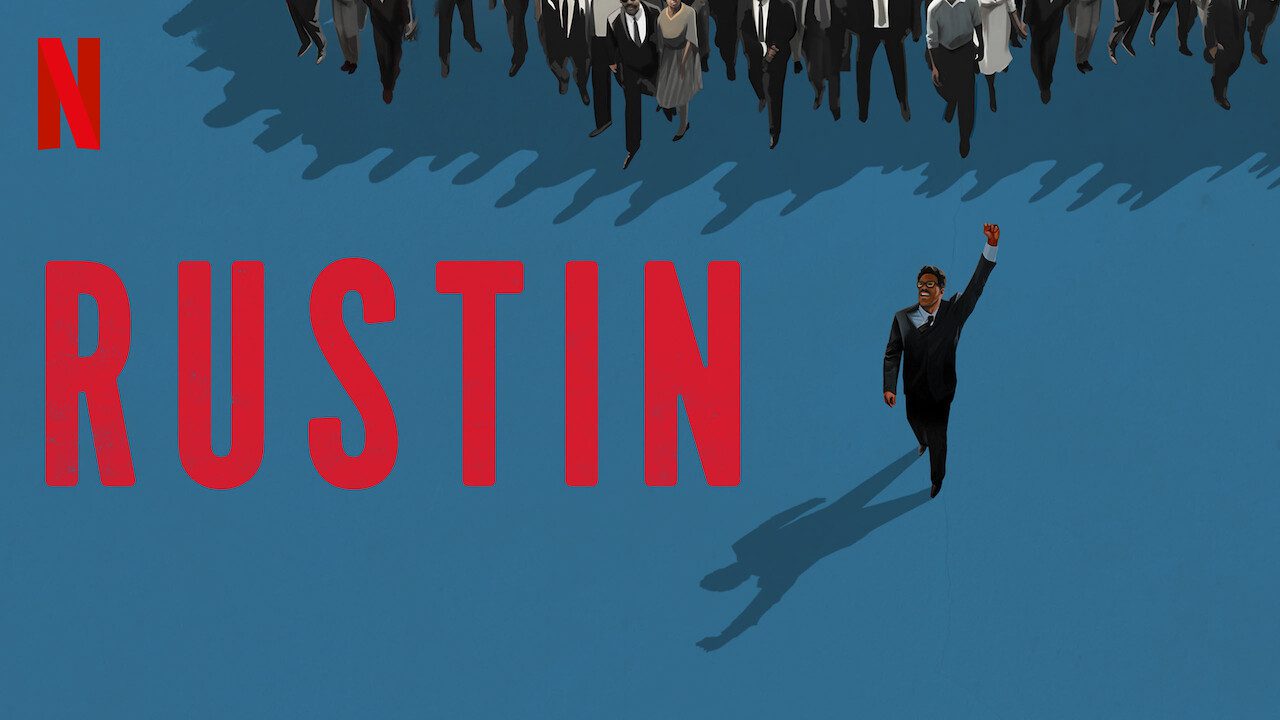
Directed by Ry Levey,?Out in the Ring?is a fascinating exploration of the relationship between professional wrestling and the LGBTQ+ community.?Delving into the stories of iconic figures of the past and young faces of the future,?Ring?uses interviews and archival footage to examine the damage created by homophobia and racism both onscreen and off.
With an emphasis on flamboyance and performance, professional wrestling has always had a certain theatrics about it. From wild dress to storytelling devices, there has always been a close relationship between sexuality and professional wrestling.As Ring explores these aspects of sports entertainment, so too does it highlight how many of them connect to the gay community. (In particular, costumes by WWE icons The Road Warriors and Shawn Michaels are shown to their close ties to 1970s gay culture.)
However, despite the obvious connections with the LGBTQ community, Ring points out the great irony within the world of pro-wrestling. Whereas this is a space of flamboyance and self-expression, the hyper-masculine environment of sports entertainment has always demanded that members of the LGBTQ community remain in the shadows. For example, Ring spends a great deal of time with wrestling icon Pat Patterson. As one of the true legends of wrestling, Patterson had been in the business for over 50 years before his death in 2020. However, despite his prominence and the respect that he carries, Patterson was forced to keep his sexuality quiet.
And Patterson is not alone.

Whether it?s pressure from sponsors or fear from within the wrestling world, many have been forced to remain in the closet. In fact, Ring also claims that, when LGBTQ storylines are used, they fall prey to stereotyping and misused gender roles. Often portrayed as the ?heel?, these characters have usually been used to expose our cultural fears and presuppositions. Storylines such as the relationship between Lana and Liv Morgan or the villainous Goldust character have portrayed the LGBTQ community negatively, reinforcing them as villains. (Of course, there?s also the controversial wedding between Chuck and Billy which began as progressive but became a farce.)
With an eye for justice, Levey?s film calls for more celebration and less stereotyping. As the tide of culture continues to change, Out of the Ring demonstrates the ways that LGBTQ communities can be represented in healthier ways. By giving rise to characters such as Sonny Kiss, Shayna Bayzler and many more, it?s Levey?s hope that representation can move further Out into the open with pride.
Out in the Ring?is now playing at Inside Out ?22. For screening information, click here.




